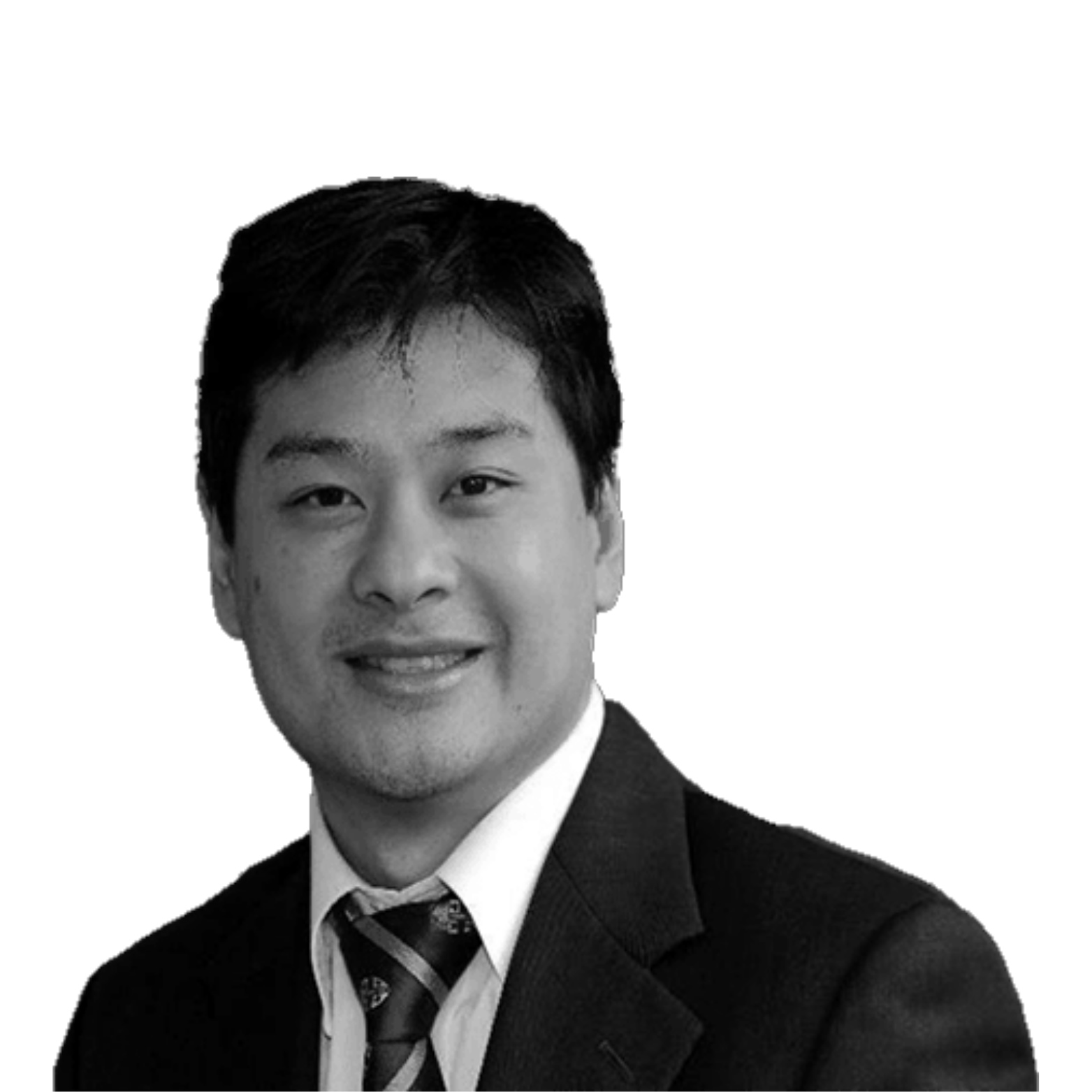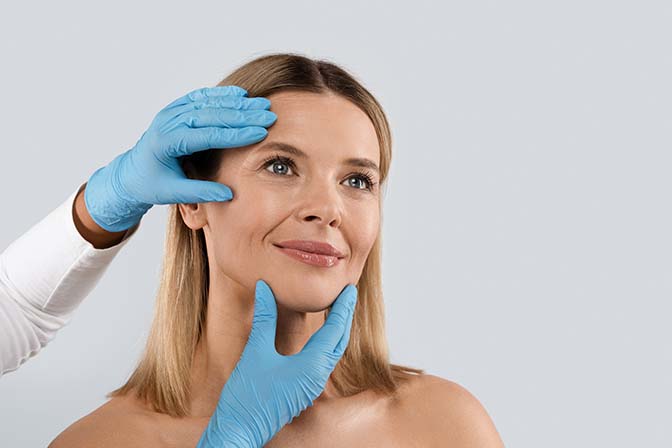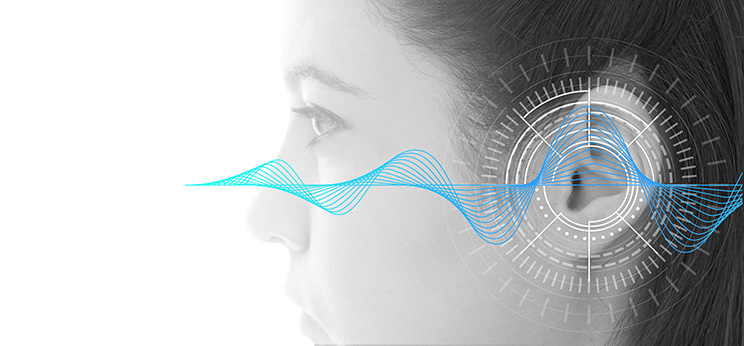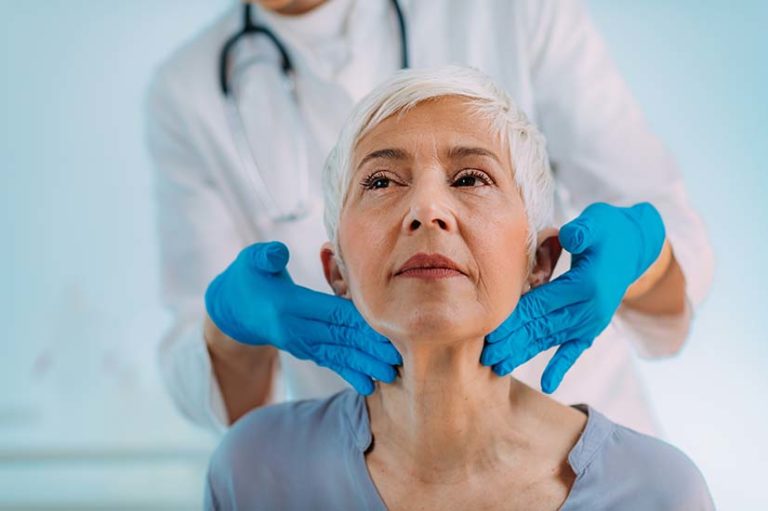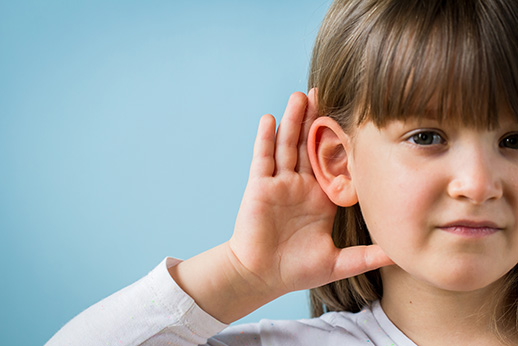Dr Ronald Chin’s Examination of The Larynx
Dr Ronald Chin’s Examination of The Larynx
When you evaluate patients with voice disorders, throat pain, painful swallowing, neck masses, or referred otalgia, it’s crucial to conduct a thorough examination. To do this, we use a flexible laryngoscope.
First, a small amount of topical anesthesia is sprayed into one nostril to numb the area. Then, a flexible scope is inserted through the nostril, and we examine the structures on the way to the larynx.
We start by assessing the nasal cavity lining, turbinates, and the opening of the Eustachian tube. We’ll also look for any abnormalities, such as masses, in the nasal or nasopharyngeal region. Then we inspect the oropharynx and hypopharynx for any signs of abnormalities.
Next, we focus on the larynx. We examine the supraglottic structures, including the epiglottis, aryepiglottic folds, arytenoid cartilages, false vocal folds, and glottis. We pay close attention to the appearance of the mucosa and assess for symmetry and vocal fold mobility during both inspiration and phonation.
Glue ear, after draining the ear drum
Glue ear, intact ear drum
- About the Author
- Latest Posts
Dr Ronald Chin is an Australian trained Otolaryngologist Head and Neck Surgeon.
After graduating as a Fellow of the Royal Australasian College of Surgeons, Dr Chin undertook further specialised training in Head and Neck Cancer at the Royal College of Surgeons in Ireland.
He has published many research papers and is an active teacher and scholar.
As part of his subspecialty training, Dr Chin has training in Laser, Da Vinci Robotic, Flex Robotic and complex surgical techniques.
In addition to specialised Head and Neck Cancer, Dr Chin also enjoys general adult and paediatric ENT Surgery and practices sinus, snoring/sleep and general paediatric ENT Surgical procedures.
Dr Ronald Chin works as a general Otolaryngologist, offering a wide range of surgical and non-surgical treatments including ear surgery, nose surgery and throat surgery. He provides treatment for chronic conditions such as tonsillitis, sinus problems and problems with hearing.
He is also involved in the diagnosis and treatment of many conditions such as facial paralysis, head and neck cancer and sleep apnea. As well as performing surgery on children, he also provides specialist care for adults, including the treatment of throat disorders, voice loss and ear problems.
Dr Chin has also served as a Conjoint Associate Professor at the University of Sydney, a Conjoint Associate Professor at Western Sydney University and an Adjunct Associate Professor at the University of Technology Sydney.


